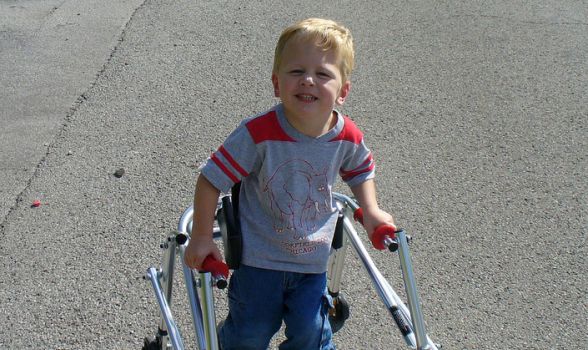Two medical students at Carr School of Medicine in Illinois recently developed a bionic knee brace that could change the way people with cerebral palsy are treated. This can provide more mobility than current knee braces. Cerebral palsy reduces mobility due to reduced muscle strength; making walking and body movement extremely difficult. However, the bionic knee brace, designed by fourth-year students Shahnur Amin and Dylan Mann at Karl Medical University, uses engineering to provide better support for patients.
According to the duo, the bionic knee pad uses biofeedback sensors and a power generator to detect when leg muscles are trying to move voluntarily. When a muscle contraction is detected, an energy generator is activated to help the muscles move. While conventional knee braces allow patients with cerebral palsy to rotate their legs sideways while walking, the purpose of this design is to allow the knee to flex and allow greater mobility.
While the design is intended to help patients with cerebral palsy, Amin’s interest in design stems from its potential use in helping people who have experienced car accidents.
According to Amin, “Technology like this can also help people that lose spinal cord function after a bad car accident,” he said. “It could help somebody like that as well.”
When asked about his experience with the project, Mann explained that it was a positive experience for him saying, “It’s an enormous challenge and one that is exciting to be a part of,”. “It’s very fulfilling to be a part of this as well because if we’re able to turn this early prototype into a final design, this could potentially go on to help a lot of people.”, Mann said.

